Farmer-turned-race technician gears up for Le Mans 24-hours
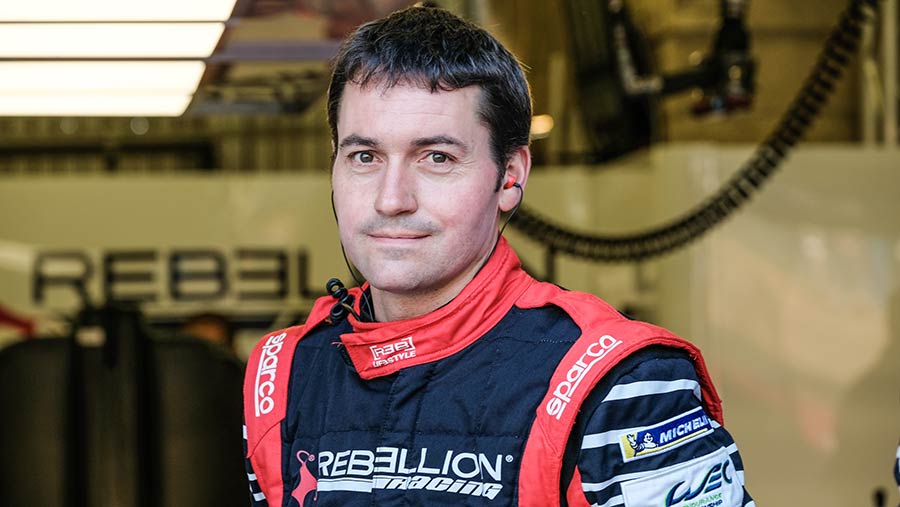 © AutoWebbb/ericFabre
© AutoWebbb/ericFabre Warwickshire farmer and agricultural contractor Chris Gardner usually drives a Fendt tractor for customers across the Midlands and beyond, but for 75 days each year he has another job – a technician and driver assistant for a top motor-racing team.
Strange though it may seem, he got into the world of racing after getting his HGV licence in 2003.
He was doing general haulage at the time, until a team his father was working for as a timekeeper was looking for a driver to take their race truck to European circuits – and Chris bagged the job.
See also: Farm-spec Suzuki Jimny challenges UTV domination
Before long he was headhunted by a competitor, working his way through numerous roles and teams until the 2008 global financial crisis bit, forcing motorsport teams to dive on to the brakes and cut back.
This, at least, presented Chris with an opportunity to return home to focus on farming. Five years later his phone rang.
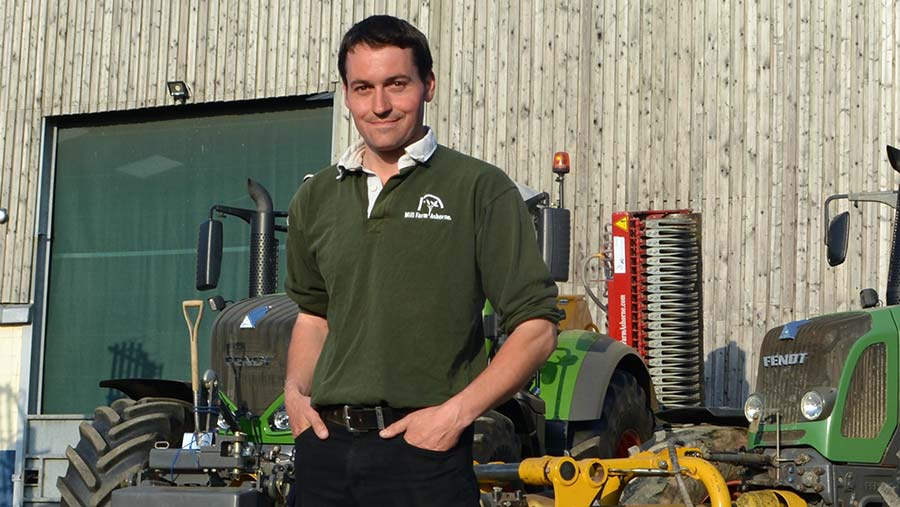
© Johann Tasker/RBI
Rebel call
“A chap I worked for previously phoned up out of the blue and said: ‘We’re racing in Japan would you like to come out?’
“I said, ‘I can‘t – but yes,’ and joined them just for the one race where they asked me to stay on. I’ve been with them ever since.”
His team is Rebellion Racing – a successful independent racing team from Switzerland and sister company of high-end watch manufacturer Rebellion Timepieces. Chris has worked for them for more than five years.
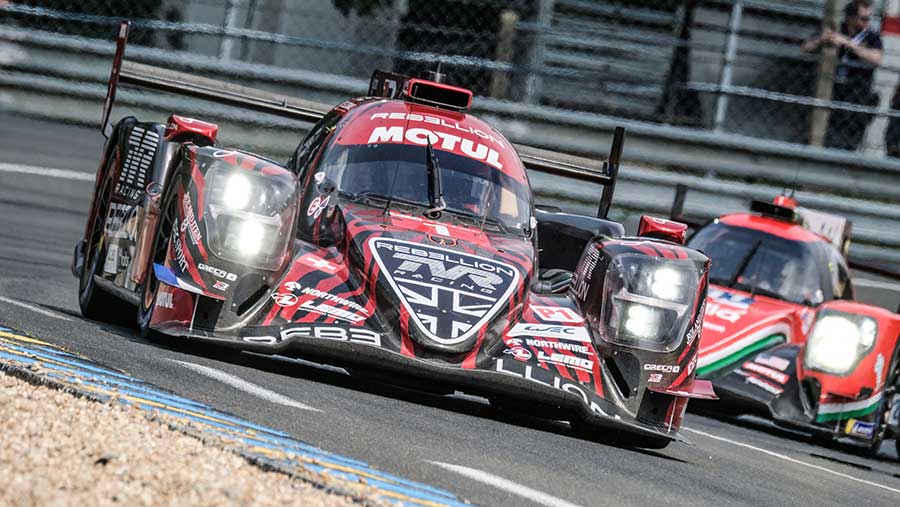
© AutoWebbb/ericFabre
Rebellion bills itself as the only team to have contested the domination of the factory teams from Audi, Porsche, Toyota and Peugeot in the past four years in the World Endurance Championship.
This weekend (16-17 June) they are gunning for a place on the podium at the famous 24-hour race at Le Mans in north-west France.
See also: Young agricultural engineer calls time on gender stereotypes
The team has two cars entered in the LMP1 class at the Circuit de la Sarthe. The cars pair a French Oreca chassis with a British-built Gibson Technology V8 engine.
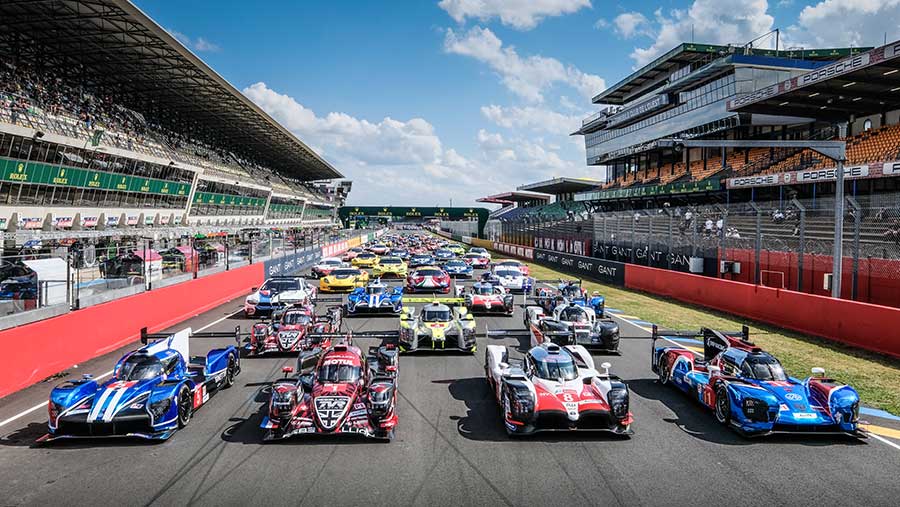
© AutoWebbb/ericFabre
In a nutshell: 24 Hours of Le Mans
- Location Le Mans, France
- First run 1923
- Duration 24 hours
- Circuit length 8-and-a-half miles
- Top speed 205mph
- Distance More than 3,100 miles over 24 hours
- Famous drivers Jacky Ickx, Derek Bell, Graham Hill
Life or death
Although he still drives lorries when needed, Chris’ main job at the circuit is garage technician and driver assistant for the team’s number one car.
He downplays his role – but it is a vital job in a sport where a simple mistake can be the difference between winning and losing – or even life and death.
“It basically means making sure everything is working – and everyone has what they need when they need it.
“It’s everything from emptying bins to making sure everything is clean and tidy – the sort of jobs that aren’t very exciting but need doing.”
Out on the track, it is a different matter. Chris is responsible for swapping two removable data-logging memory sticks – which monitor vehicle performance – every time the car makes a pit-stop.
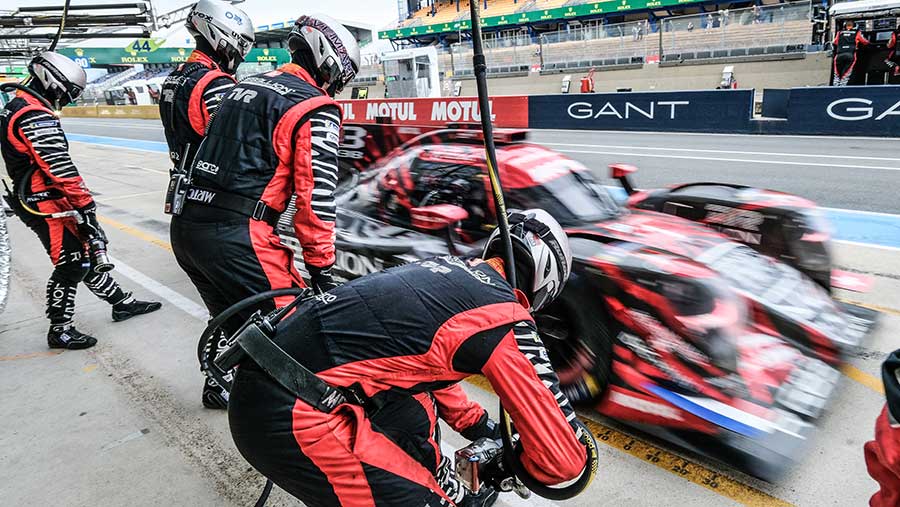
© AutoWebbb/ericFabre
His second job is to ensure driver changes happen seamlessly and safely. There are three drivers on Chris’ car: Swiss racer Neel Jani, Germany’s Andre Lotterer and Bruno Senna – nephew of the legendary Formula One world champion Ayrton Senna.
See also: Video: 6 simple exercises to keep you fit on the farm
Each take turns at the wheel throughout the 24-hours endurance event – ensuring the car spends the maximum time pounding around the track.
“It is up to me to make sure the driver gets out, the new driver gets in and their harnesses are tight. The confined cockpit and the vehicle crash structure mean it is difficult for the drivers to do their own belts. It’s up to me to make sure their belts are tight and properly locked in.”
Locked and loaded
All this is done under the intense pressure of race conditions and to make things a little more complicated, the memory sticks are on the opposite side of the car to the harness.
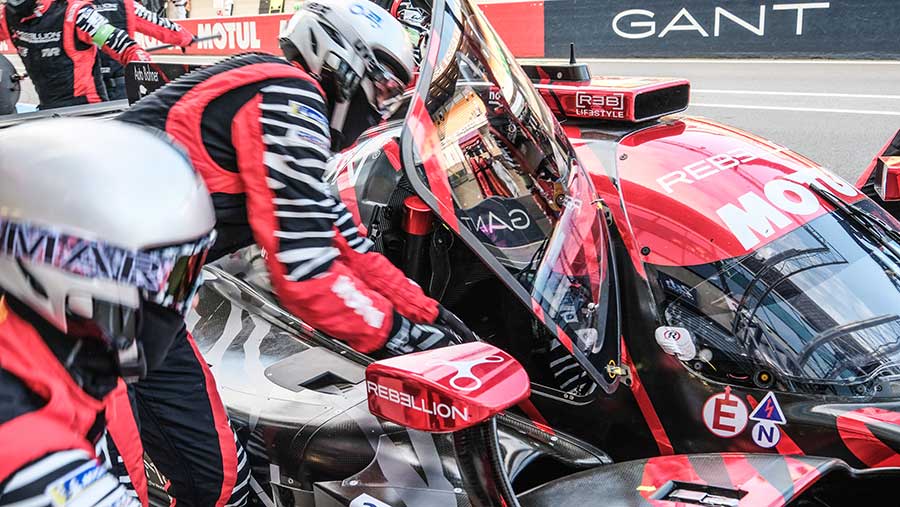
© AutoWebbb/ericFabre
“Everything has to be done as quickly as possible. I have to lean into the cockpit and over the driver to get to the belt.”
A couple of seconds lost in the pit-stop is no different to a couple of seconds lost on track – so pit-stop performance can win or lose the race.
“The top drivers know that and want to get everything right,” says Chris. “They want to make sure they are in and comfortable as much as they can.”
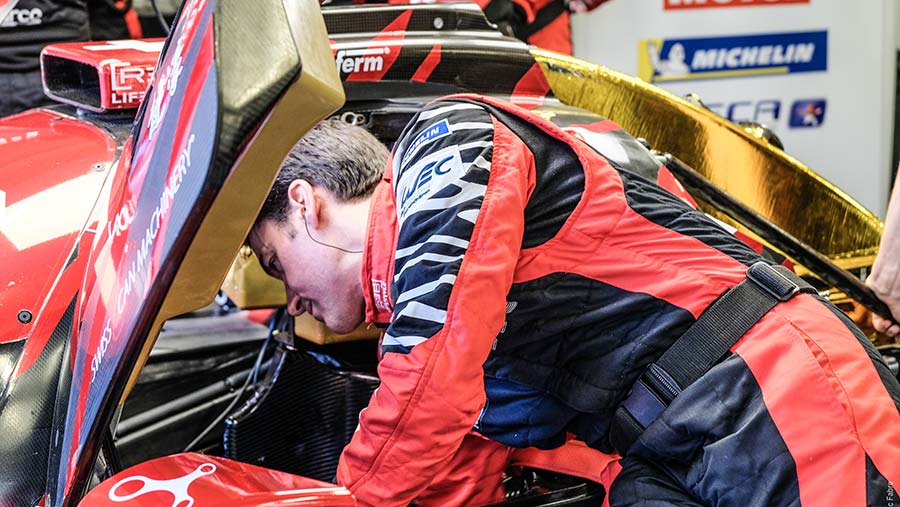
© AutoWebbb/ericFabre
Practice involves the drivers repeatedly getting in and out of the car during a test week in the run-up to the Le Mans race weekend.
“We do everything again and again and try different methods so we speed everything up until we have perfected a routine.”
See also: Farmer-turned-triathlete sets sights on world championships
The race starts on Saturday 16 June and stretches through the night. By the end on the following afternoon, Chris and the team will know if all their hard work has paid off.
Then it’s back to the farm – for a while at least. “It’s a different world – but farming has its moments too,” he says.
Lessons from life in the fast lane
At first glance, farming and motorsport couldn’t be more different. But Chris says his farm business has benefited from lessons learned from motor-racing.
- Cable ties “Tie-wraps are everywhere in racing,” he says.“They are an easy, quick and effective way of tying things up sensibly. I always keep a selection of different sizes in the cab.”
- Keep it clean “You see a lot of stuff in farming that is dirty from week to week. When you clean something you often spot something you would otherwise miss.”
- Presentation “Motor-racing sponsors want everything to look right. I take a similar attitude to our tractors. They are our adverts – clean tractors attract more business.”
- Maintenance “When a machine has done a lot of work, we strip it down and rebuild it, just like they do in motor-racing. It prevents breakdowns.”
- Replacement parts “We always use new parts – it is more cost-effective in the long run than re-using an old part or something that is part worn.”
- Logistics “Whether you’re moving cars or machinery, you need to minimise vehicle movements. And everything must be in the right place at the right time.”
- Monitoring “We measure everything – data is useful. It helps improve performance and efficiency – including fuel use – in motor-racing and in farming.”
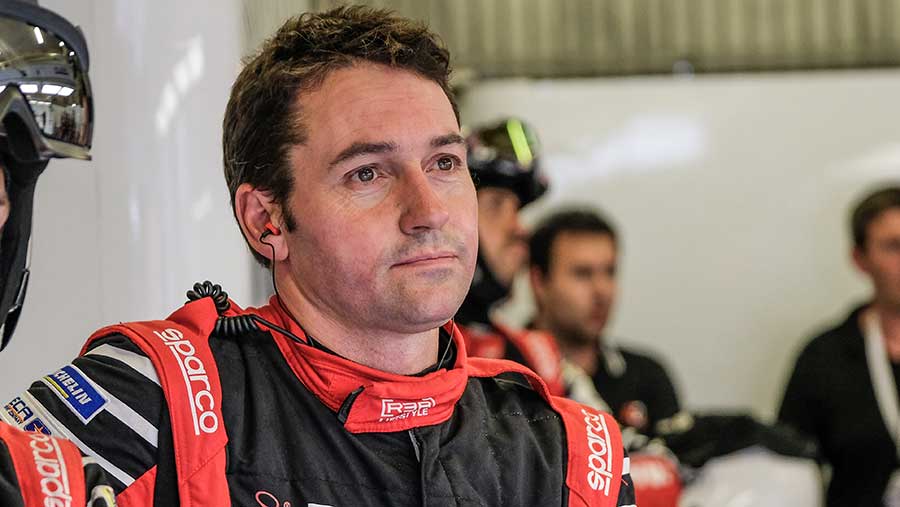
© AutoWebbb/ericFabre
Le Mans winner ‘powered by tractor engine’
Farming’s connections with Le Mans stretch back to 1962, when a Morgan sports car won its class at the race.
This car was powered by a petrol engine derived and developed from the same power unit originally used by Standard Triumph in the Ferguson tractor.
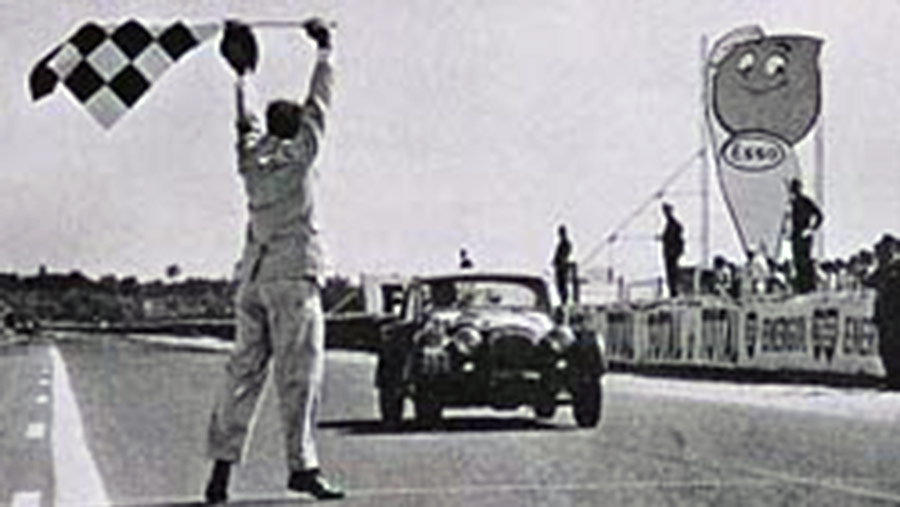
In its standard guise, the Triumph TR3 engine developed 92bhp. It was converted into racing mode thanks to a complete strip down, with the crank rods, pistons, flywheel, and crank pulley rebalanced and the cylinder head reworked to develop 134bhp.
The Morgan – known as TOK258 from its registration plate – was driven across the finish line by Richard Shepherd-Barron, who lives near Woodbridge in Suffolk.
“The basic cylinder block was the same as the Ferguson,” says Richard. “If you stood them side by side, you would see it was the same.”
